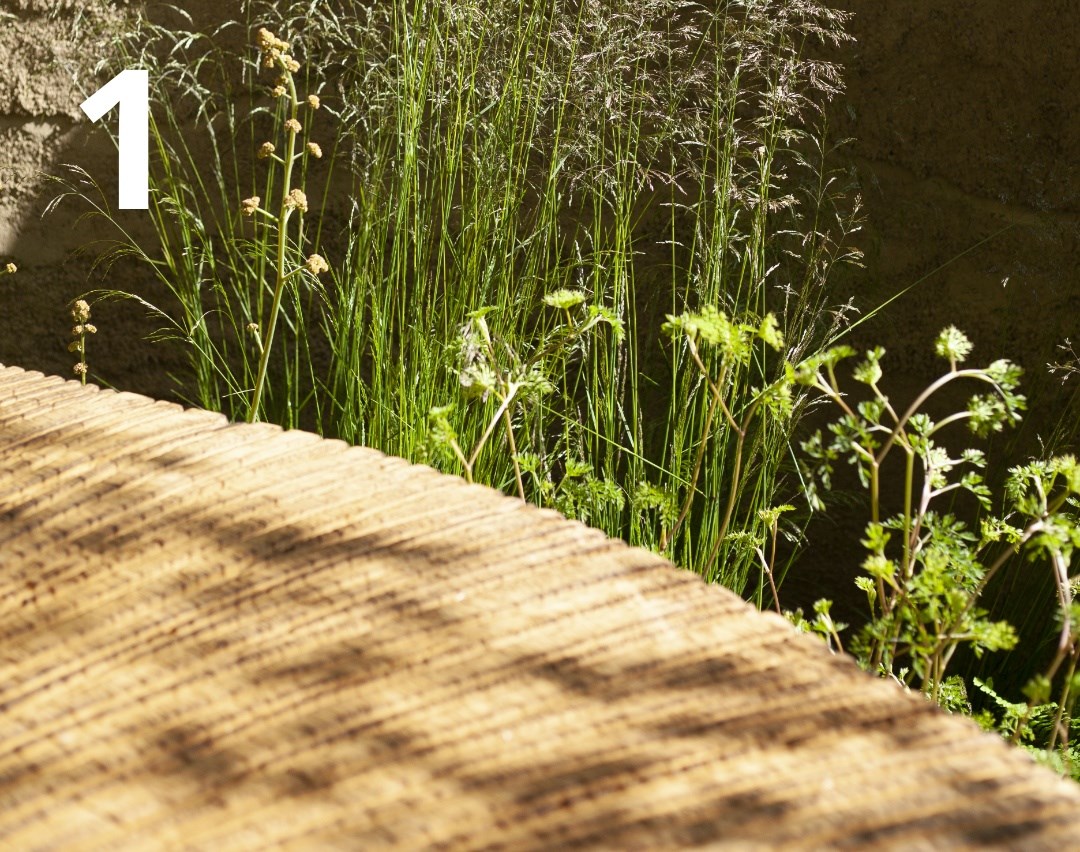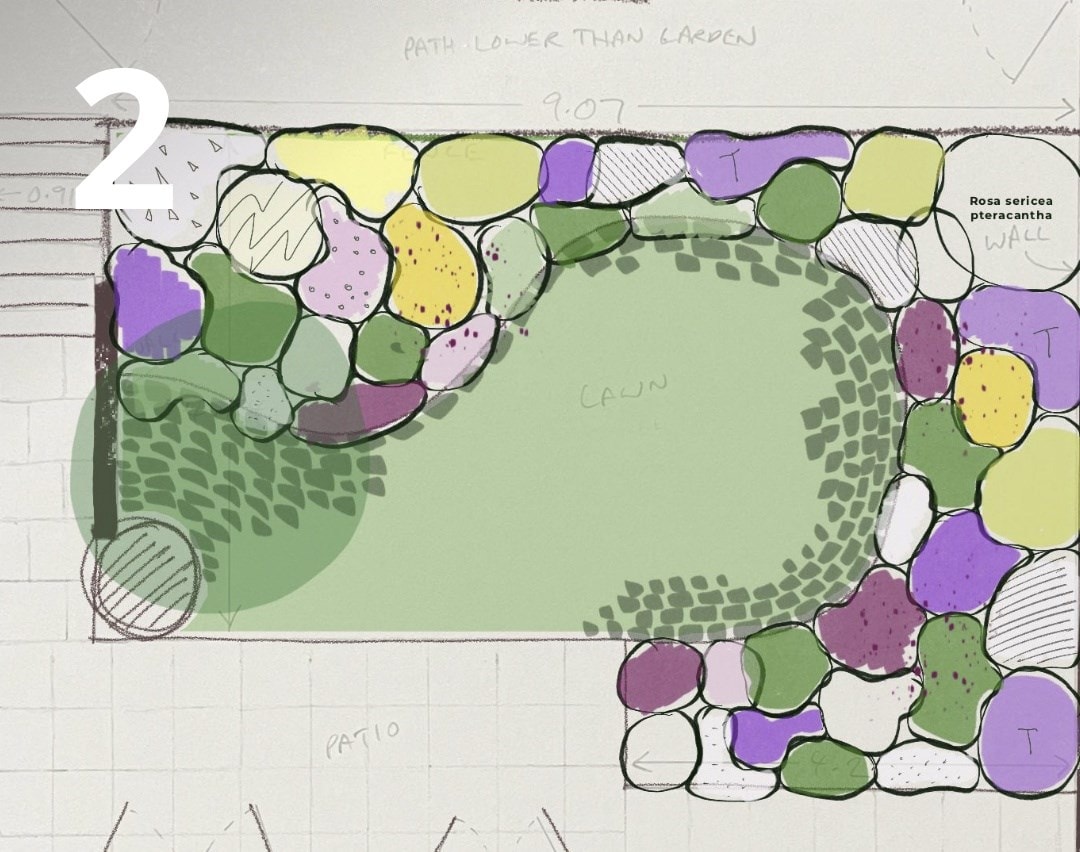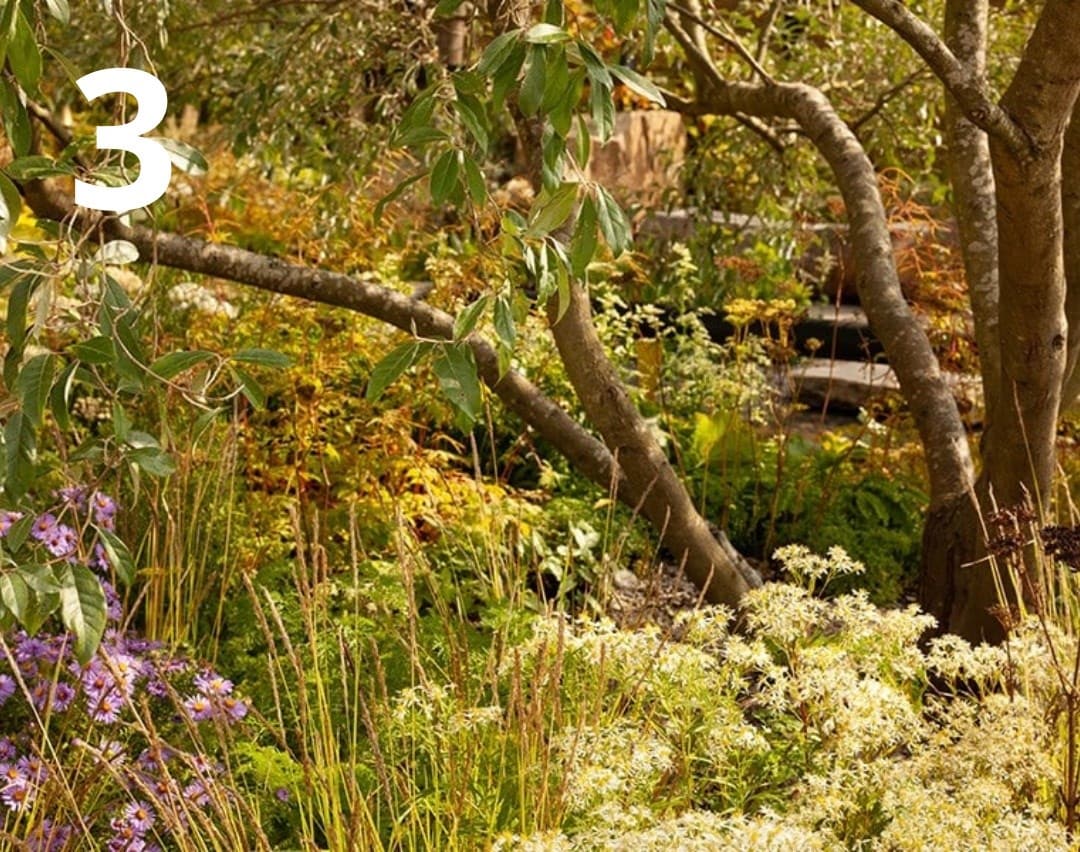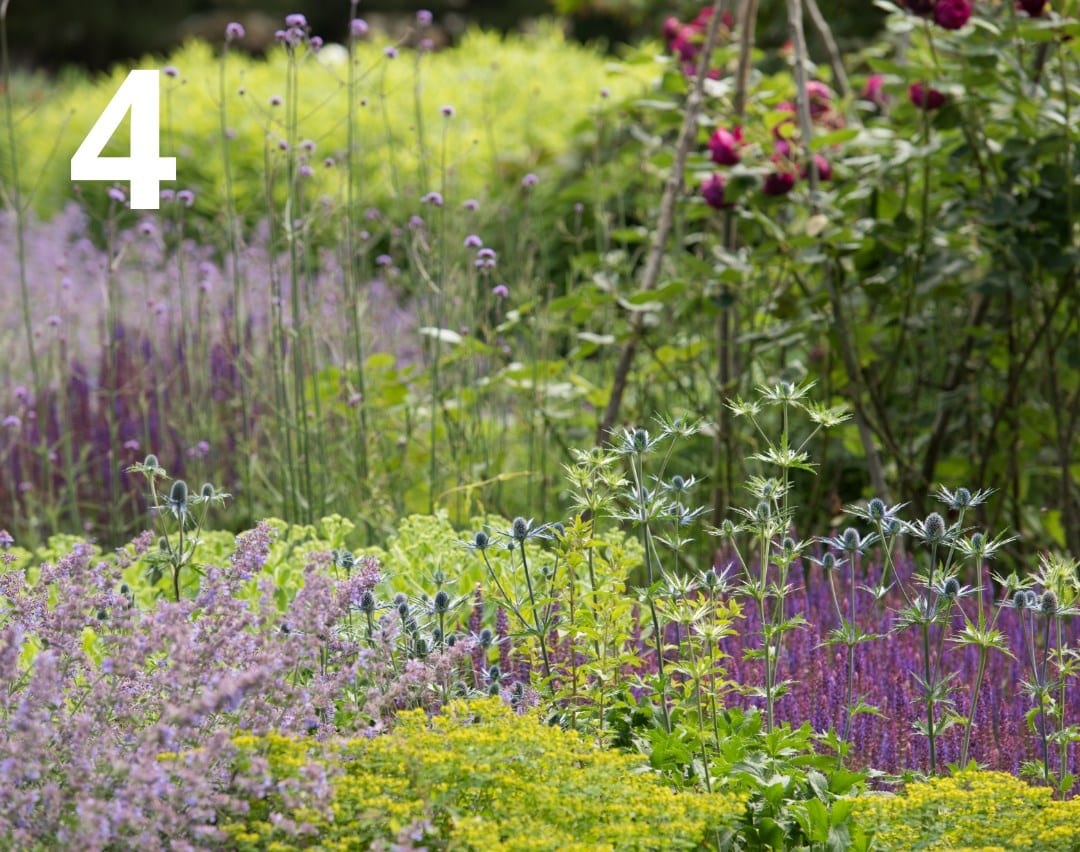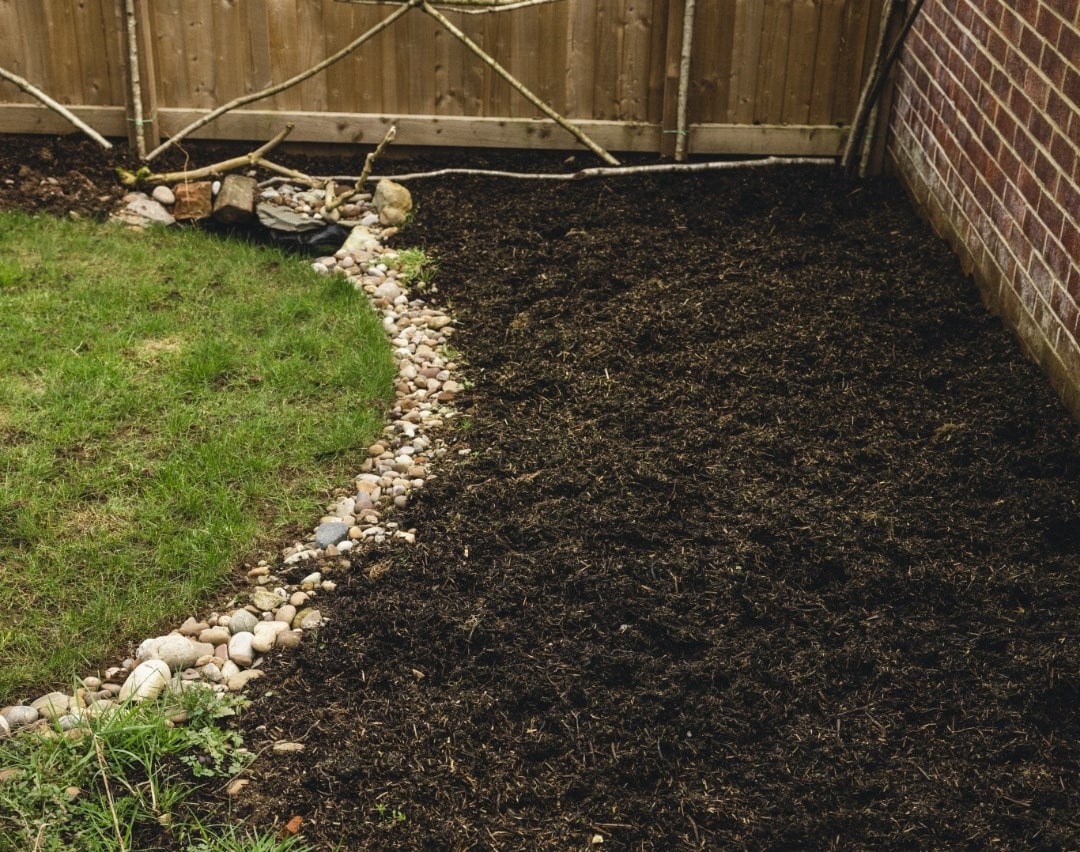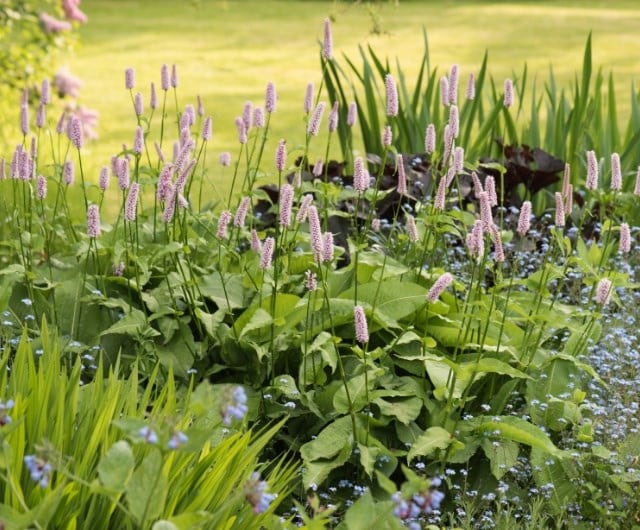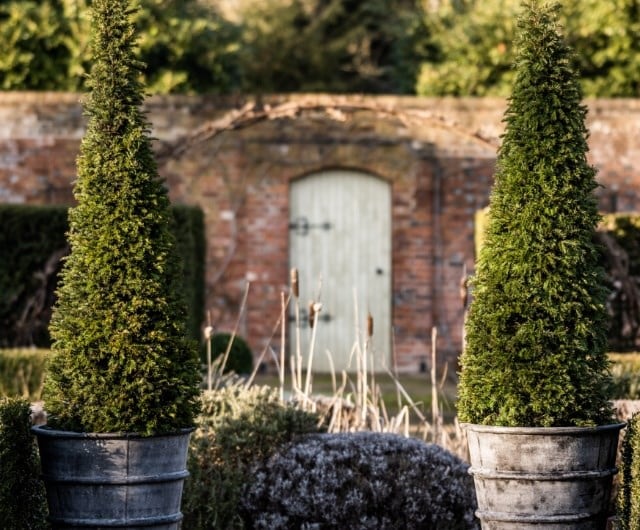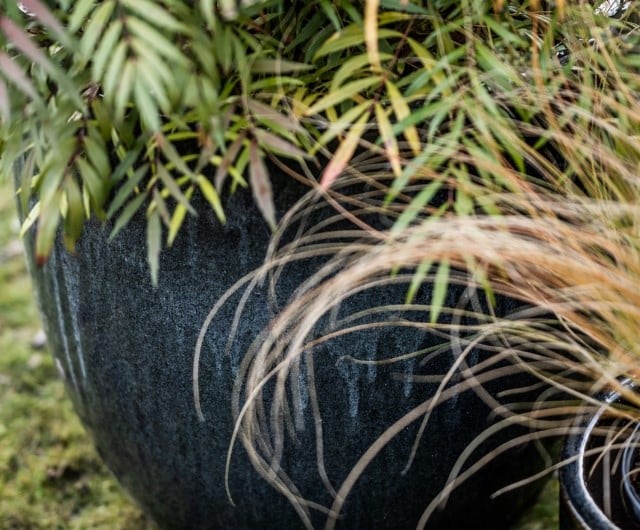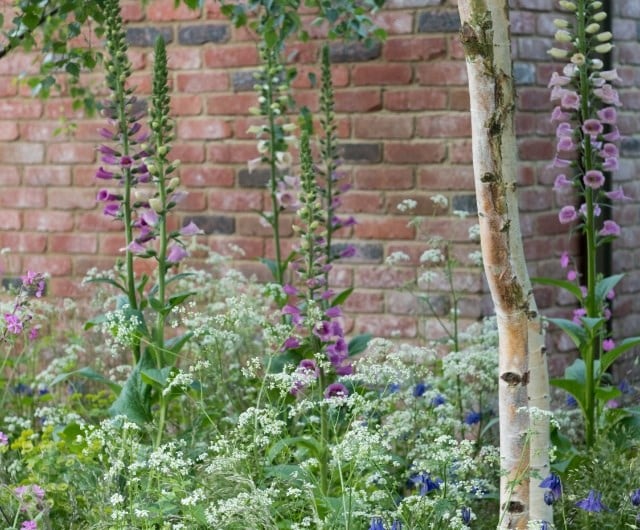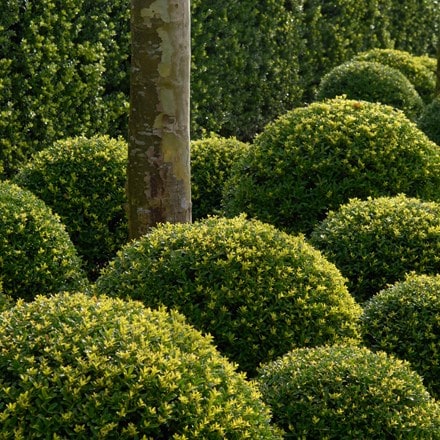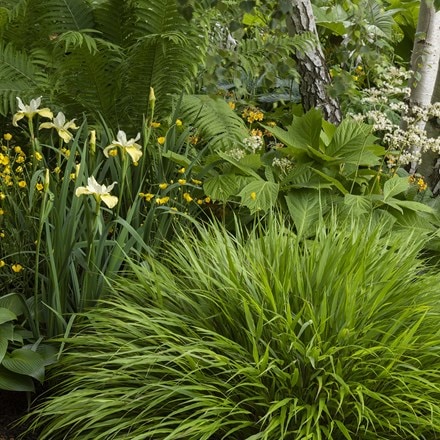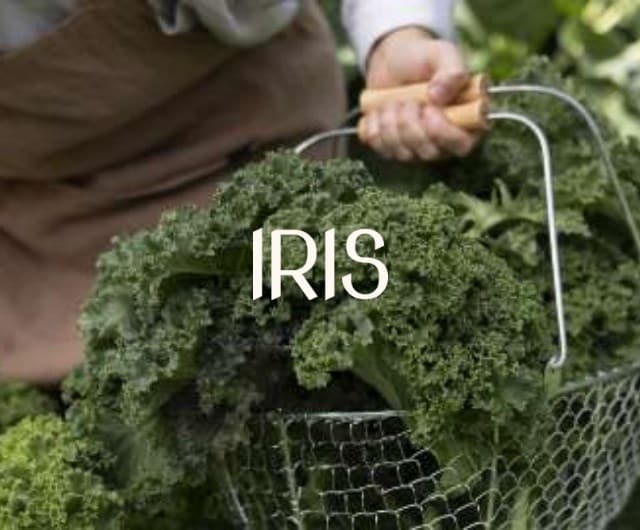Lesson 3. Laying out a border
Offering a huge range of possibilities, the shape, size, placement and content of your garden borders will play a key role in a great design. No matter what your garden style, we'll guide you through a few basic principles, which will help you develop a balanced layout of lush and lovely borders that will provide something of interest throughout the year.
Your task this week is to further develop your garden plan, add in borders and start to compile a plant list that both works for your garden environment, but will also deliver on the garden style you hope to achieve.
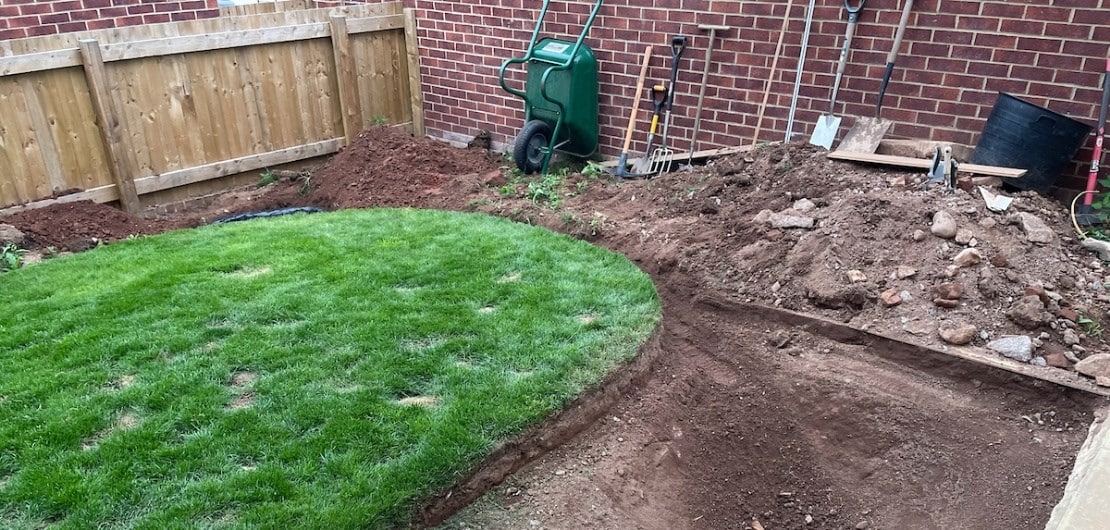
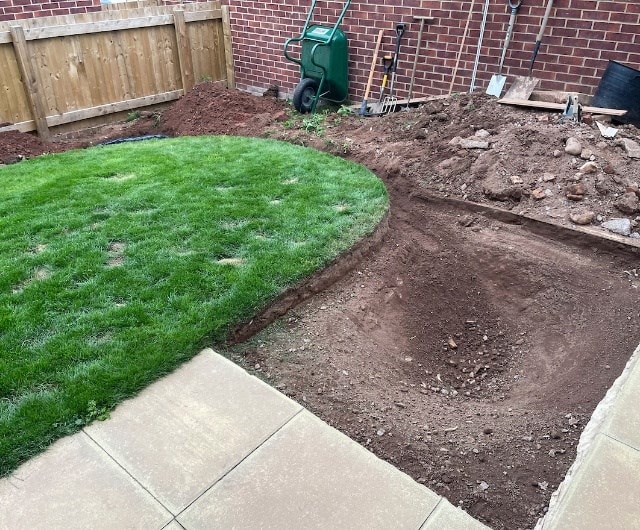
Setting out the site
In week one you sketched out your existing garden layout, and for many, the temptation is to follow that footprint and line the edges of the garden with a border or two, while leaving the lawn or patio in the middle. This design works for some, but you may want to think a bit more creatively, and consider softening your lines - or widening sections of your borders to fragment straight lines, while giving more room to plant.



